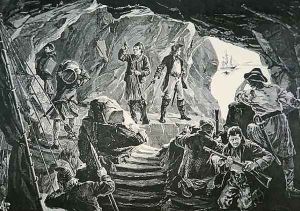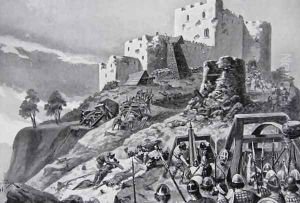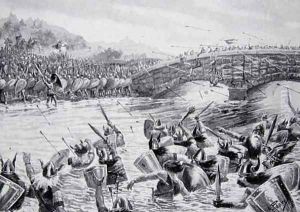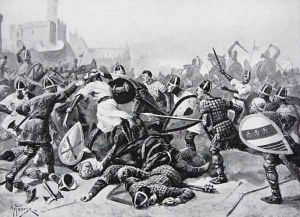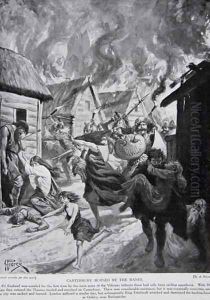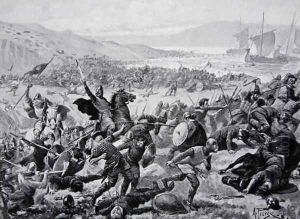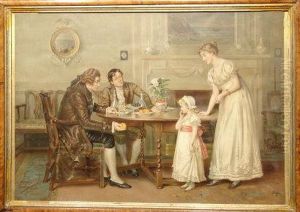Alfred Pearse Paintings
Alfred Pearse, born in 1855, was a notable British artist and illustrator whose work spanned the late Victorian era and the early decades of the 20th century. His career was marked by a diverse array of contributions to the visual arts, including political cartoons, book illustrations, and paintings. Pearse's work is often remembered for its detail, vibrancy, and ability to capture the essence of his subjects with a keen eye for social and political commentary.
Pearse's early life was one of immersion in the arts, as he pursued his education in art and design in London. His talents were recognized early on, leading him to a career that intertwined with the burgeoning field of illustrated journalism and publications. At a time when the printed image was gaining unprecedented power to inform and influence public opinion, Pearse's illustrations found a wide audience. He contributed to various periodicals and illustrated a number of books, showcasing his versatility across different genres and themes.
Throughout his career, Alfred Pearse was particularly known for his political cartoons, which were published in notable periodicals of the time. These works often reflected the socio-political climate of Britain and the wider world, offering insightful commentary through visual means. His cartoons were celebrated for their wit, humor, and the adeptness with which he used his art to comment on current events, political figures, and social injustices.
In addition to his political cartoons, Pearse's contributions to book illustration helped shape the visual landscape of Victorian and Edwardian literature. His illustrations for children's books, novels, and historical works are characterized by their narrative depth and attention to detail, bringing stories to life in a way that was both engaging and visually captivating.
Alfred Pearse's legacy is that of a multifaceted artist who used his craft to reflect, critique, and celebrate the world around him. His work remains a valuable window into the cultural and political milieu of his time, offering insights not only into the artistic trends of the period but also into the societal shifts and movements that defined the turn of the 20th century. Pearse passed away in 1933, leaving behind a body of work that continues to be studied and appreciated for its artistic merit and historical significance.
